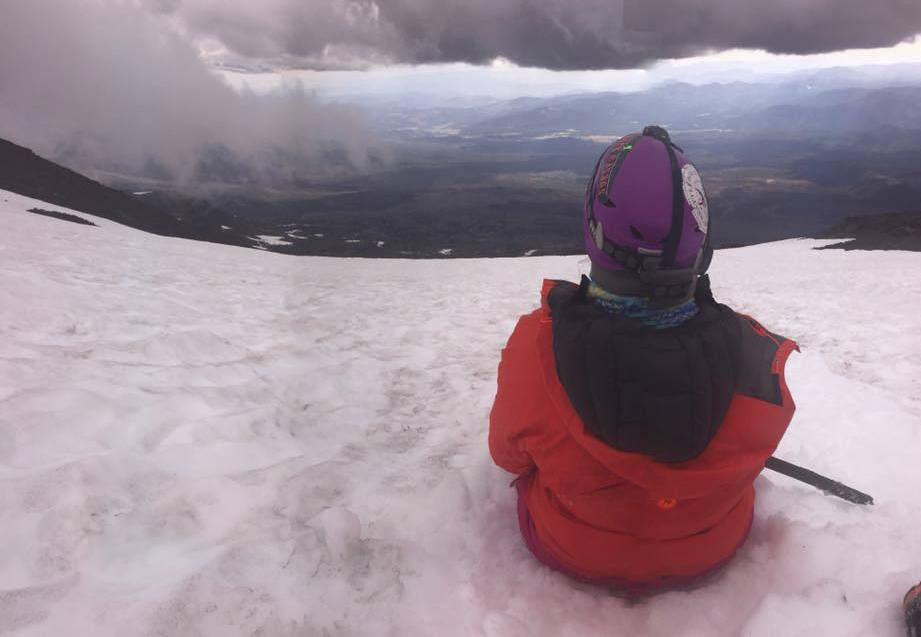This past weekend I climbed Mt. Adams, a peak I aspired to summit more than seven years ago.
As I neared the top of the 12,280-foot monolith of snow and rock, I thought about writing an editorial on inspiration and overcoming obstacles in life. The climb was 13 hours of steep terrain as the wind blew and the gray clouds loomed in the distance.
At about 600 feet from the top, the clouds came in and we lost visibility almost entirely, but we pushed on and hiked up to the top to take summit pictures against a white background. Then we booked it down the mountain, but were careful to stay on our path in the landscape of white.
When we finally reached the car, we were exhausted but elated until we saw a local search and rescue unit. A climber had fallen that morning and by 7 p.m. they were still looking for him. The climber had reportedly fallen, suffered a head wound and was lost. Whiteout conditions can often disorient mountaineers and lead them off cliffs, but we may never know what happened to this individual. As of this writing, the search team is still on the mountain, and the climber’s status is unknown. The sad news was a jarring end to an epic day.
So the difficult lesson I am taking away from this tragedy is that life is hard; there are great obstacles and we don’t always overcome them. In extreme cases, one can lose a life, but in milder cases we lose our way and often find our path again. We have to try, and any mountaineer will tell you they know the risks involved – or at least they should know that when they hit the trail, they are putting some percentage of their survival in the hands of the mountain.
We must live our lives. We must try to be prepared, to be educated, to take time, to do things right even though we might fail. Accepting that failure can be devastating. That is the price we pay for trying. Despite the heartbreak and sorrow, we must keep climbing.




